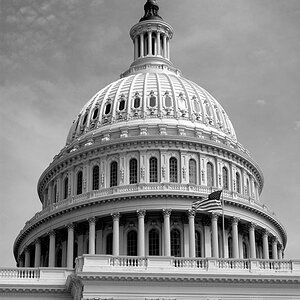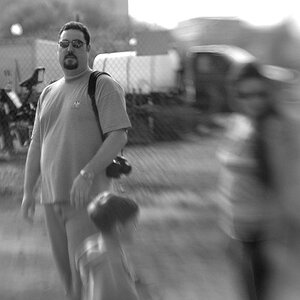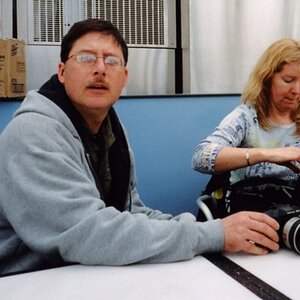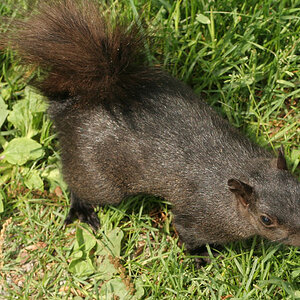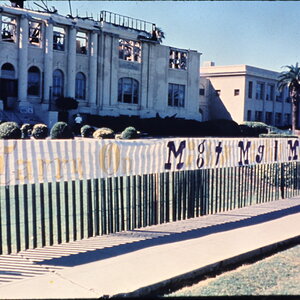mangtarn
TPF Noob!
- Joined
- Sep 19, 2011
- Messages
- 196
- Reaction score
- 11
- Location
- Vancouver, BC
- Can others edit my Photos
- Photos OK to edit
So i was looking around on deviantart and saw this post Warmth by =IvanAndreevich on deviantART it looks absolutely amazing. in the description it said "Noise reduction + distortion correction + HDR techniques from a single jpeg exposure." any ideas how you can get an HDR from a single jpeg?





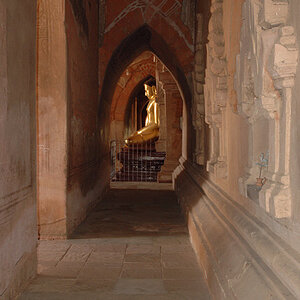
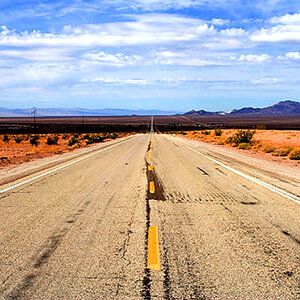
![[No title]](/data/xfmg/thumbnail/37/37137-43b5701b1efb7322c2c9fa6a1e30ccfa.jpg?1619737884)

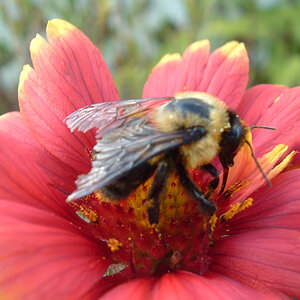
![[No title]](/data/xfmg/thumbnail/36/36400-97a007ae878e1032155c7a7d47eeba73.jpg?1619737552)
